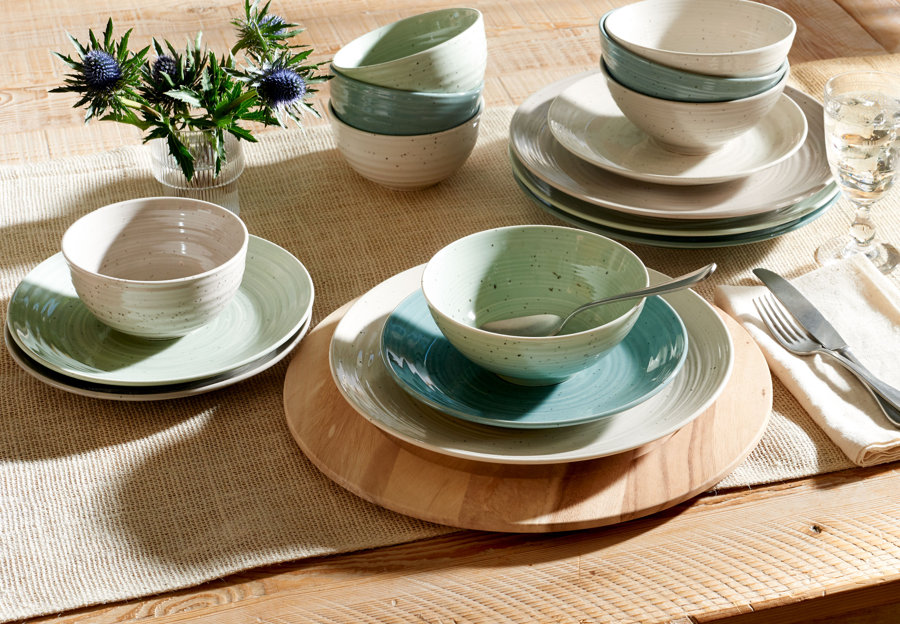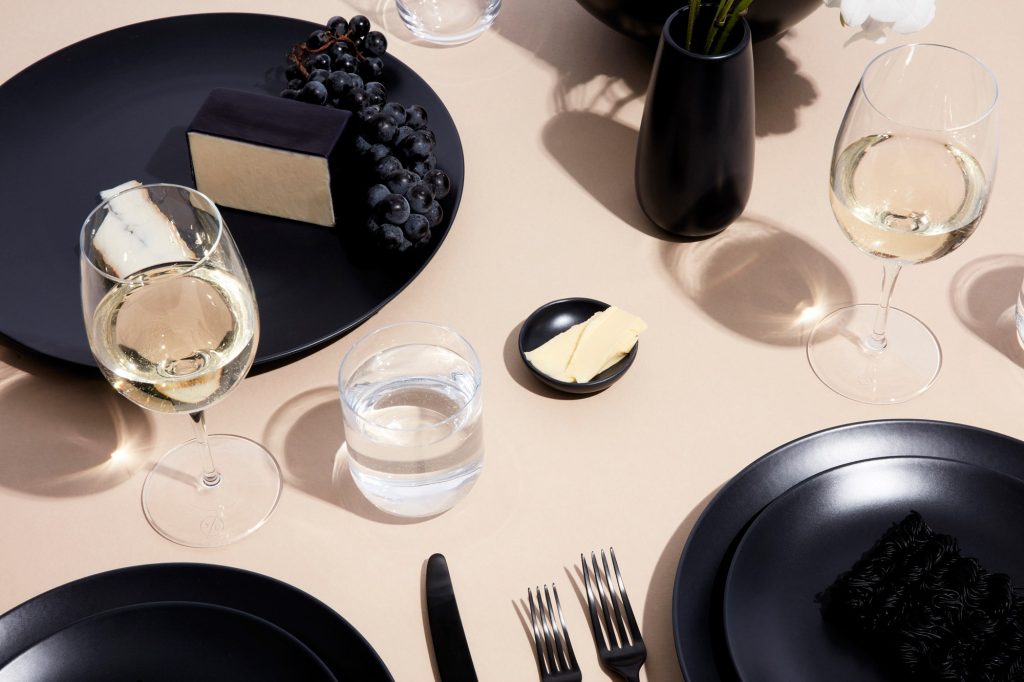Tableware is an essential part of our daily lives, used for dining and social gatherings. Over the years, tableware has undergone significant changes, from simple utensils to exquisite pieces of fine china. In this article, we will take a journey through the history of tableware and explore the evolution of this essential aspect of our culture.
Ancient Times: Tableware dates back to ancient times when people used simple utensils made from natural materials such as wood, clay, and stone. These utensils were primarily used for functional purposes and were not designed for aesthetic value. The early Egyptians and Greeks were known to use silver and gold utensils for royalty and wealthy individuals, while the commoners used pottery or wooden utensils.

Medieval Times: During the medieval times, tableware evolved from simple utensils to more refined pieces. The use of metal utensils became popular, and spoons and knives were made from silver or gold. Forks were not widely used until the 16th century, and even then, they were considered a luxury item. In the medieval era, tableware was still mostly functional rather than decorative.
Renaissance: The Renaissance period brought about significant changes in tableware design, with a focus on aesthetic value. Tableware became more elaborate, with intricate designs and decorations. Fine porcelain and china began to replace metal and wood, and tableware was seen as a status symbol. The Italian Renaissance was particularly known for its ornate tableware, with each piece a work of art.
18th and 19th Century: During the 18th and 19th century, tableware design became even more intricate and refined. Fine china, porcelain, and crystal became the preferred materials for tableware. The Industrial Revolution led to the mass production of tableware, making it more accessible to the middle class. The rise of tea culture also led to the creation of specialized tableware such as tea sets and delicate tea cups.

20th Century: The 20th century saw the rise of minimalist design in tableware, with a focus on functionality rather than ornateness. Modernist designers such as Charles and Ray Eames and Eva Zeisel revolutionized tableware design with their clean lines and simple shapes. The use of new materials such as plastic and glass also became popular, making tableware more affordable and accessible.
Today: Tableware continues to evolve, with a focus on sustainability and eco-friendliness. Many designers are now using recycled materials and natural fibers to create unique pieces that are both functional and environmentally friendly. Additionally, tableware design has become more personal, with individuals often choosing pieces that reflect their unique style and personality.

